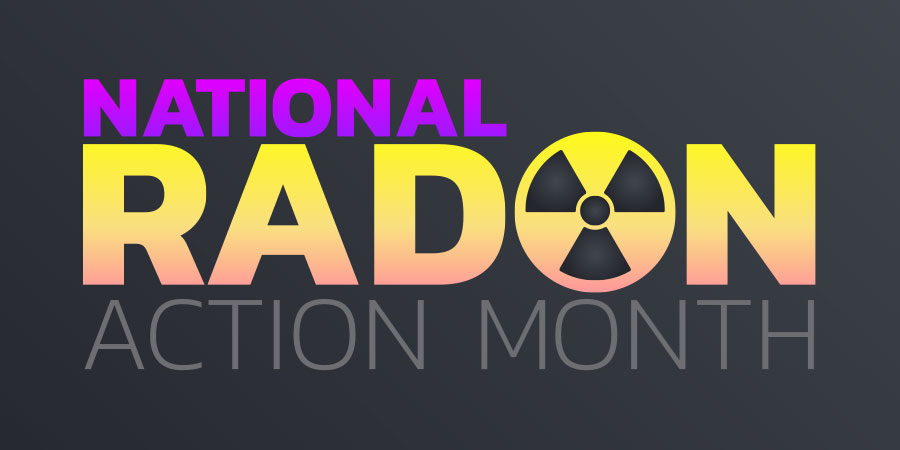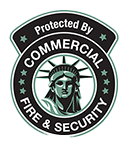Radon Gas Exposure in the Home: Is Your Family at Risk?

Latest posts by Wayne Wahrsager (see all)
There is ample medical evidence pointing to prolonged exposure to radon gas as the number one cause of non-smoking lung cancer. Shockingly, radon causes an estimated 20,000 lung cancer deaths in the U.S. each year.
Radon is an invisible, odorless gas. Unless they have their homes tested, most homeowners don’t know this deadly agent is living with them until it’s too late. For this reason, the Environmental Protection Agency (EPA) has named January National Radon Action Month – a time for Americans to have their homes tested for radon.
What causes radon in the home?
One of the most frightening truths about radon is that it’s naturally occurring. It’s caused by a breakdown of uranium in the natural elements around every home: soil, rock and water. For that reason, it’s very easy for radon to seep into the cracks and gaps in a home’s construction. The home can be new or old. It can contain a basement, or not. Every home has small portals in the floors, walls, pipes and wires through which radon can silently enter.
How does radon cause lung cancer?
The most common way for radon to be ingested is by breathing it in; secondarily, it can also be swallowed in water. In both cases, those who ingest it become susceptible to lung cancer and other advanced lung diseases. For smokers, the risk is even greater. According to the Centers for Disease Prevention and Control, the risk of developing lung cancer becomes 10 times greater with radon exposure.
How can I find out if there’s radon in my home?
The only way to learn whether your home has elevated levels of radon is by testing. Your options include hiring a professional, certified radon tester; you can also do it yourself with a short-term (less than 90 days) or long-term (more than 90 days) radon test kit. The EPA reports that the long-term kit is more accurate.
A one-time radon test is not enough; no matter what the first test says, repeat your home radon test every two years. If your long-term exposure averages 4 picocuries per liter (pCI/L) or higher, sealing cracks in the floors and walls – and, increasing ventilation though sub-slab depressurization using pipes and fans – are ways the American Cancer Society says can reduce the radon dangers in your home.
To learn more about preventing radon exposure in your home, call us today. We look forward to providing you more information.
About Commercial Fire & Security
Commercial Fire & Security is a locally operated, family-owned company where security is our only business. We work and live in the communities we protect, and our Five Diamond, Certified Alarm Monitoring Center has your back 24 hours a day. Call us at 855-237-3300 to request a quote or speak with our experienced security professionals.
